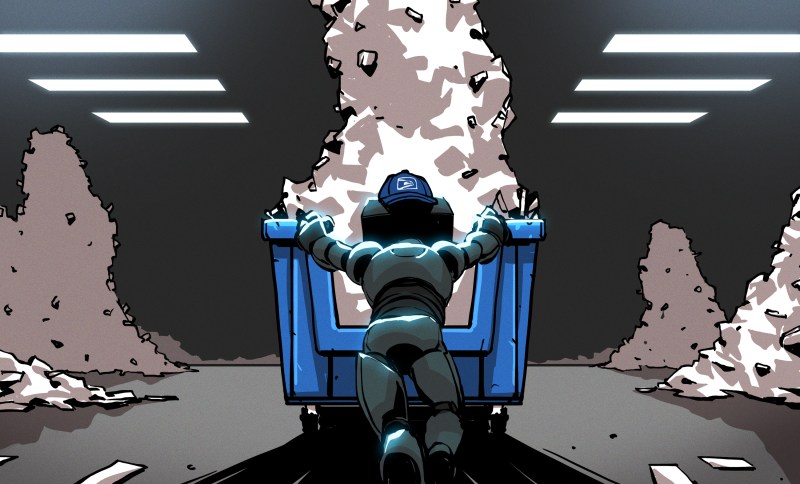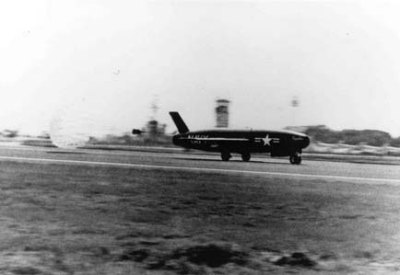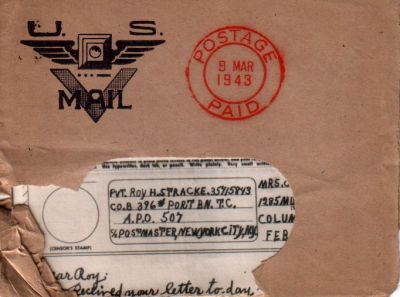
When we last left the post office, they had implemented OCR to read even the sloppiest of handwriting. And to augment today’s 99% accuracy rate, there’s a center full of humans who can decipher the rest of those messy addresses with speed and aplomb. Before that, we took a look at many of the machines that make up the automated side of the post office’s movements. But what was being done to improve the customer experience during all of this time?
Quite a bit, as it turns out. In this installment, we’ll take a look at the development of vending machines and programs like Speed Mail, Missile Mail, and V-Mail (no, not voicemail!) as they relate to enhanced customer service over the years.
Mailomat: Post Office In a Box
If you’ve ever waited in line at the post office just to buy stamps, you know the value of the self-service kiosk. Although you can’t get fancy stamps out of them, you’ll at least get what you need to mail off that birthday card to your niece.
It may surprise you to learn that vending machines have been around longer than than the whole automation trend — dating back to the early 20th century. Usually accessible even when the lobby is not, these self-service kiosks have remained popular while growing in scope and services available.
The USPS developed a new kind of vending machine in 1955 that would sell not only stamps, but also stamp books, envelopes, and postcards. Around the same time, a machine called the Mailomat was developed by Pitney-Bowes. Essentially a mini post office, the Mailomat accepted un-stamped letters, and automatically printed a meter stamp where both the cancellation and the postage would normally go. It did everything short of weigh the letter for you; the correct postage had to be selected with a dial.

Once the letter had been accepted, stamped, and postmarked in one swift movement, it was automatically stacked and faced for pickup and processing. This streamlined process was appreciated on both sides of the Mailomat, and various types of vending machines proliferated.
Speed Mail: Just the Fax
Throughout the course of our ever forward-thinking society, someone posited that mail would someday primarily travel electronically through fax machines rather than being printed on paper and physically delivered from A to B. The resulting system, dubbed Speed Mail worked very much like a fax machine does today. The message would be inserted into a machine at the origin post office, and then converted to electrical impulses which would be transmitted by microwave shot to the destination post office. There, the message would become tangible again and could be delivered. Ultimately, the process was best suited for occasional or emergency purposes only.
Speed Mail was another one of Postmaster General Summerfield’s ideas. When Postmaster General Day took over in 1961, he ended the Speed Mail program citing cost and the idea that facsimile service was not really within the purview of the post office.
Missile Mail: The DoD Gets Involved

There’s more than one way to achieve speed for the sake of delivering mail. You’ve probably heard of airmail — a class of service offered for a few cents more per ounce that employed government-operated aircraft. Arguably faster was Missile Mail, also known as Rocket Mail.
Another one of Postmaster General Summerfield’s ideas was to shoot missiles full of letters from one city to another. And so the USPS and the DoD worked together and in the summer of 1959, fired a missile called Regulus from the U.S.S. Barbero (PDF) to a naval station 100 miles away in Mayport, Florida. The trip took about 22 minutes.
Although Summerfield dreamed of missiles shooting thousands of letters apiece around at all hours, the service did not take off, as it were. In fact, the program ended before Postmaster Day could come in and put a stop to it.
V-Mail

Few things boost soldiers morale in wartime than a message from the homestead. But letters take up valuable space that could instead be used for supplies and equipment.
Taking a cue from the British Airgraph system, the USPS created V-Mail, a hybrid sort of mail system. In both cases, letters were censored, transmitted to film, transported, and reconstituted into paper on the other side.
V-Mail was written on special sheets that were 7″ x 9 1/8″, which were converted into a thumbnail-sized piece of microfilm. One bag of V-Mail could hold 150,000 one-page letters, which would have required an estimated 37 bags in dead tree form. A major advantage of V-Mail was that various forms of espionage were foiled by the process — invisible ink, microdots, and micro-printing.
But Wait, There’s More
Stay tuned for more about the USPS’ advancements, including ZIP codes. And no, I haven’t forgotten about that bit of trivia.
0 Commentaires